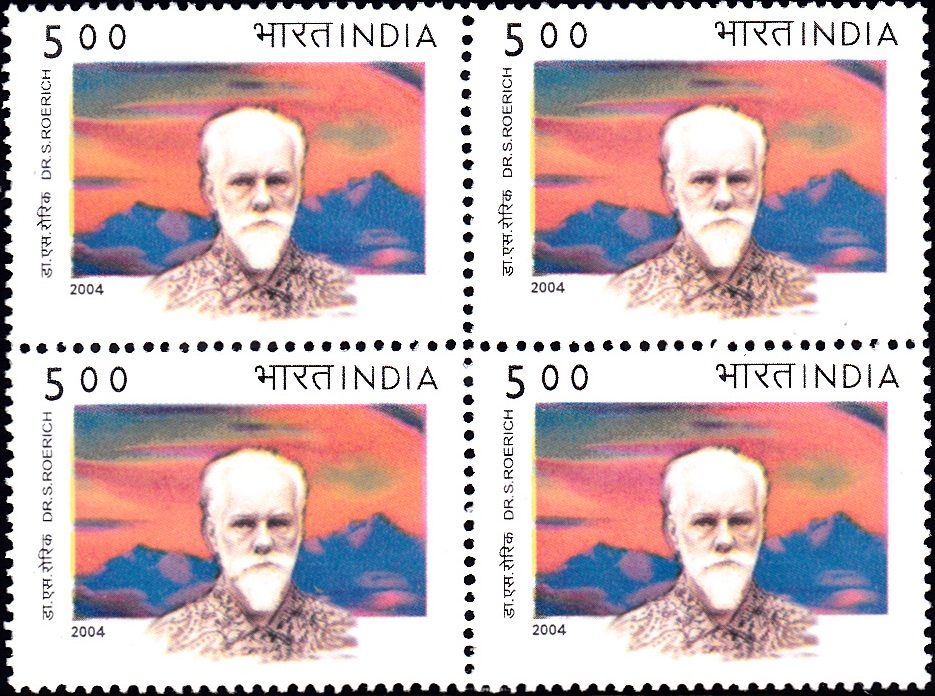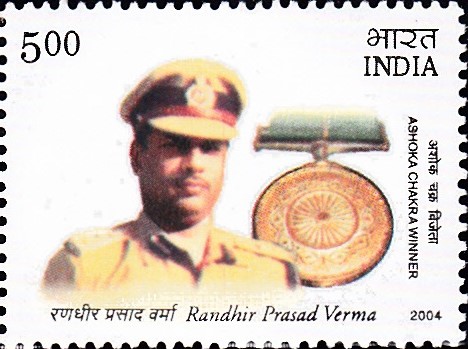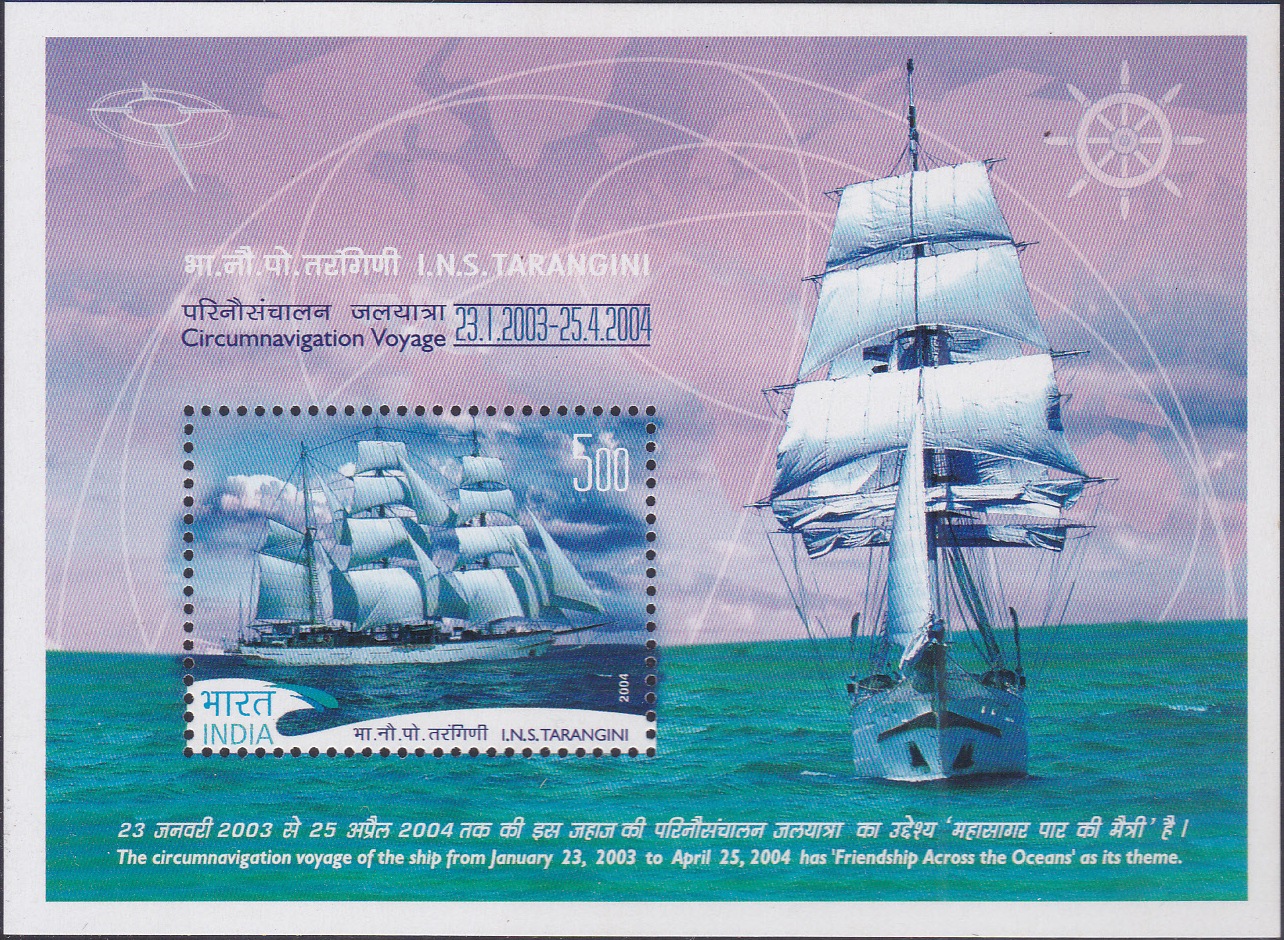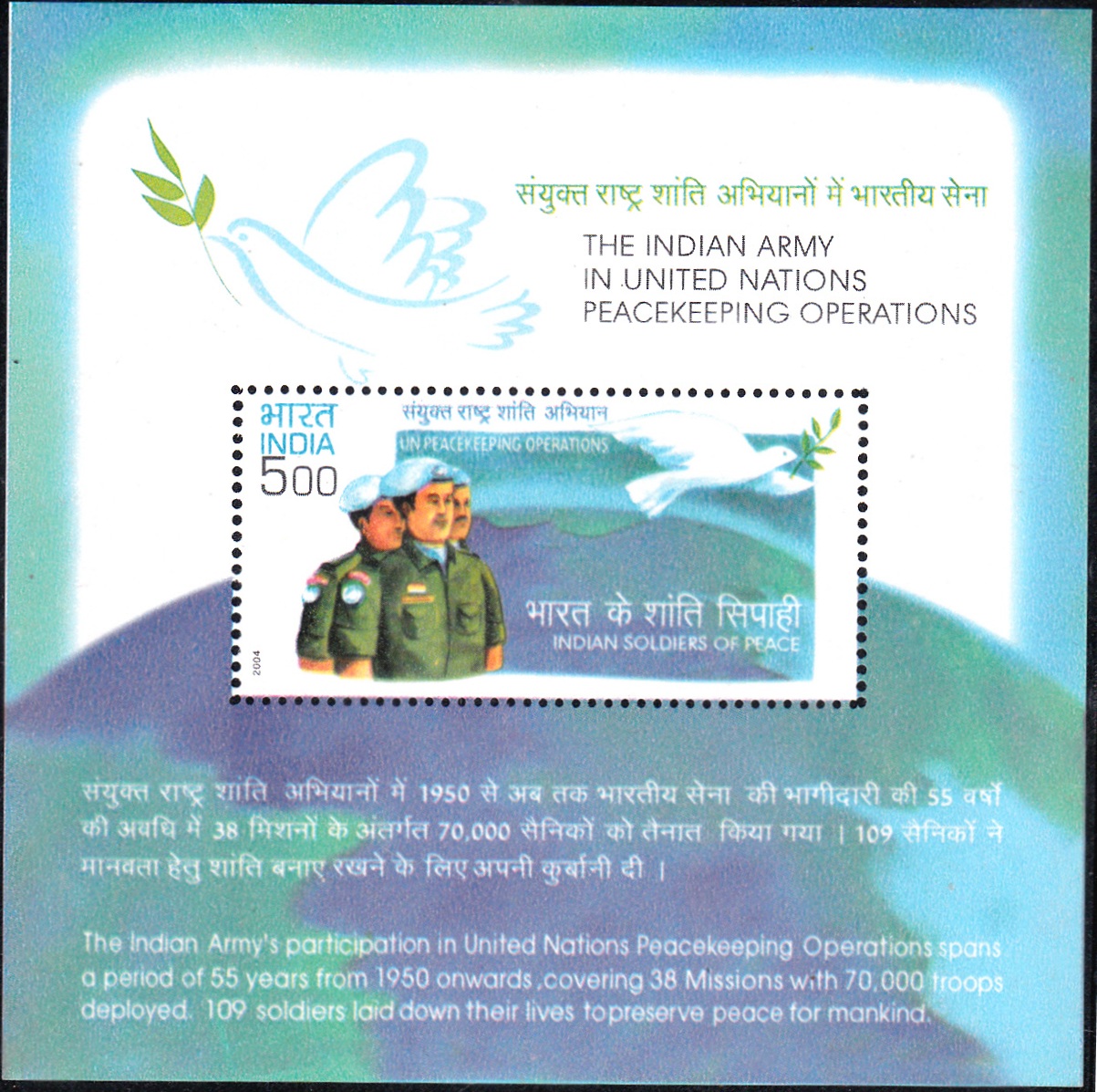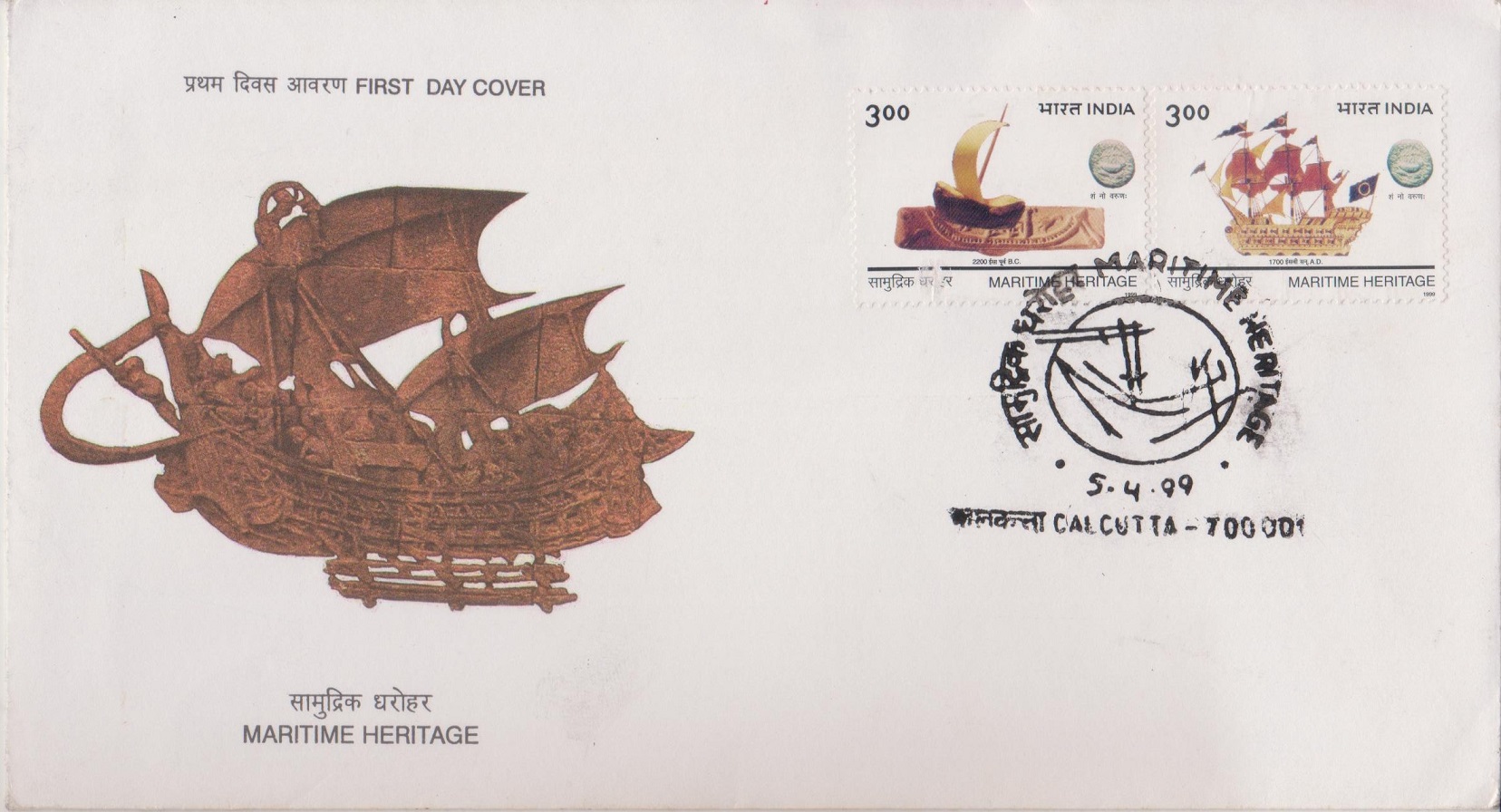
9 Madras (Travancore)
A commemorative postage stamp on 300 years of the 9th Battalion of the Madras Regiment (Travancore), oldest extant unit in the Indian Army :
Issued on Apr 1, 2004
Issued for : Three hundred years of the existence of the 9th Battalion of the Madras Regiment (Travancore) have witnessed a vast and glittering panorama of gallantry and selfless service to the nation. The Department of Posts is proud to commemorate the tercentenary of this glorious Battalion through the release of this commemorative postage stamp that depicts a scene after the historic Battle of Colachal.
Credits :
Stamp & FDC : Sankha Samanta
Cancellation : Alka Sharma
Type : Stamp, Mint Condition
Colour : Multicolour
Denomination : 500 Paise
Print Quantity : 0.8 Million
Number of Stamps per sheet : 40
Printing Process : Photo Offset
Printer : Calcutta Security Printers Ltd.
About :
- India has had trade relations with most of the European countries since the times of the Roman Empire. Indian spices, silk, muslin and handloom fabrics were a craze in Europe. The Dutch merchants were lured by the lucrative trade in spices and organised a company of their own in 1602. The Dutch Parliament gave it the right to make war, conclude treaties, acquire territories and build fortresses. Beginning in 1605, the Dutch, primarily interested in spices, captured most of the islands of South-East Asia and by 1658 they captured the Portuguese settlement in Ceylon. Having nearly monopolised the spice trade, they turned their attention to the west coast of India and gradually established their trading centres at Surat, Broach, Cambay and Ahmedabad in Gujarat, Nagapatnam in Tamil land, Chinsurah in Bengal, etc. One such trading expedition was sent to Travancore to gain a trading centre.
- The trade expedition to Travancore in 1741 was led by a young Flemish Officer Captain Eustace de Lenoy. Taking advantage of the then prevailing chaotic situation in Travancore, he assembled his forces at Colachal, a small but important sea port town, to invade Travancore. The invading army was met by Marthanda Verma, the Maharaja of Travancore and his forces (the present 9th Battalion of the Madras Regiment) raised as his Personal Body Guards in 1704 at Padmanabhapuram. In the fierce battle that ensued, Marthanda Verma completely annihilated the superior Dutch Forces and the battle of Colachal was thus a turning point in the military history of Travancore. Captain De Lenoy who was captured, later helped the Maharaja in the training of the Travancore Army on modern lines and was involved in the annexation of numerous small principalities.
- The Battalion has been reorganised and redesignated over the past three centuries in consonance with the changing geo-political scenario without undergoing disbandment or re-raising. In 1935, the unit, then known as Travancore Nayar Brigade, was amalgamated with the Indian Army under Indian State Forces Scheme. It was then trained and equipped on War Establishment. Consequently, in the year 1945, the Battalion was ordered to sail on the warship “AT Taima” for Hong Kong under SEAC (South East Asian Command). It landed at Kowloon harbour and was assigned the task of Repatriation of Prisoners of War to Japan and guarding of air fields and sea ports, and was deployed till January, 1947. On 1 April, 1951, the Unit was integrated with the Indian Army and on 1 April, 1954, it merged with the Madras Regiment and was renamed as the 9th Battalion of the Madras Regiment (Travancore). After integration with the Indian Army, the State Forces Colours were laid down at Indian Military Academy, Dehradun in 1956 and Shri V.V. Giri, the then President of India, presented new Colours to the Battalion at Wellington on 23 May, 1970.
- Post-Independence, the Battalion has carried out multifaceted duties – operational as well as in aid to civil authorities. First of all, the unit participated in the Hyderabad police action in 1948. Thereafter, in the Sino-Indian conflict of 1962, it was deployed in high altitude areas in the Sugar Sector and gave an excellent account of itself in inhospitable terrain. During the 1965 war, the Battalion fought the famous Battle of Barki and played a leading role in the capture of Barka Kalan and Ichhogil Bund for which it was awarded a Vir Chakra and two Sena Medals. It was further decorated for its abundant display of resolution and valour in Nagaland and in the Southern Command in capturing Mahendro Ro Par and Fateh Ro Par on the Gadra City – Umraokot axis.
- The Battalion was pressed into action for rescue operations in the flood ravaged districts of Punjab in September, 1988 and undertook anti-poaching operations in Andaman and Nicobar Islands from 1990 to 1994 and was again rewarded for both operations for the meritorious service rendered. During OP Rakshak (1994-98), the Battalion conducted itself with such intrepidity in counter insurgency OPs in the Northern Command that it was decorated with two Shaurya Chakras, three Sena Medals and two Chief of Army Staff and GoC-in-C Commendation Cards each. While OP Meghdoot (2000-2002), saw the Unit deployed on Actual Ground Position Line (AGPL) in the glacial heights of Siachen, during OP Parakram (2002), it was operationally deployed in the Northern Command.
- Text : Based on material given by the proponent.


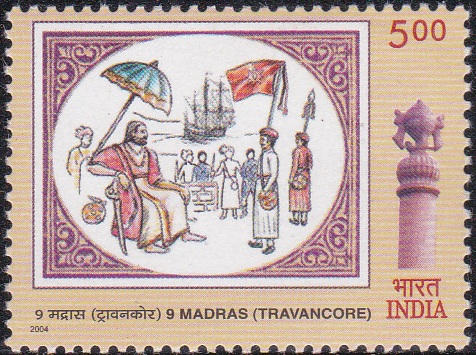
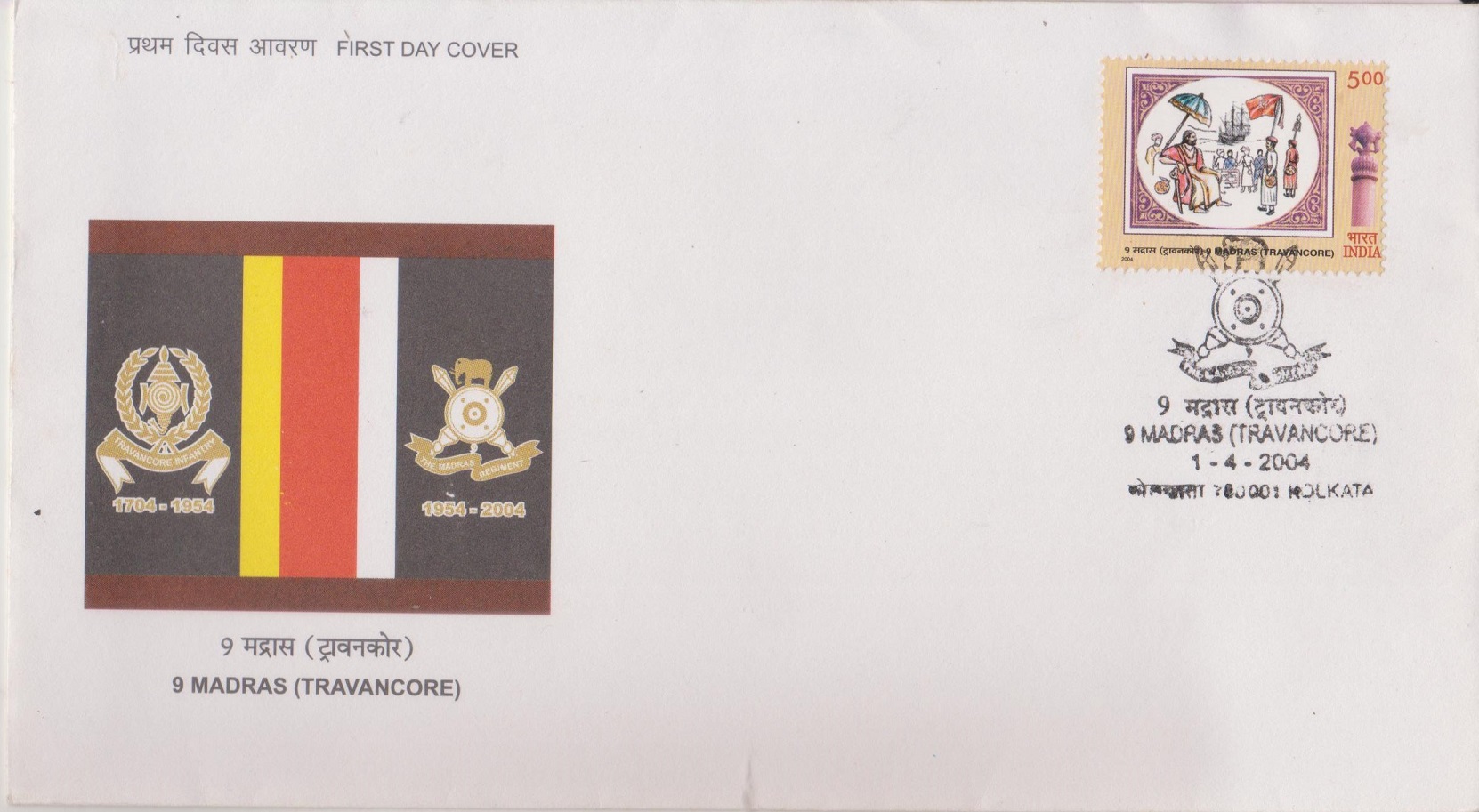 Issued by
Issued by